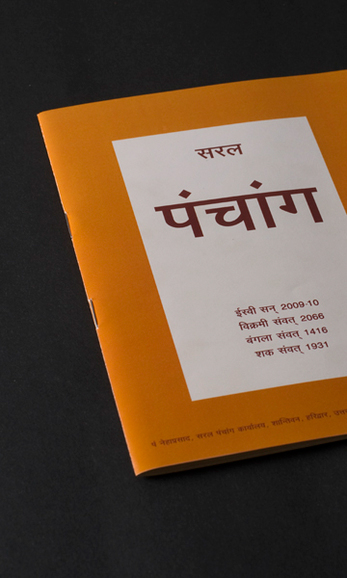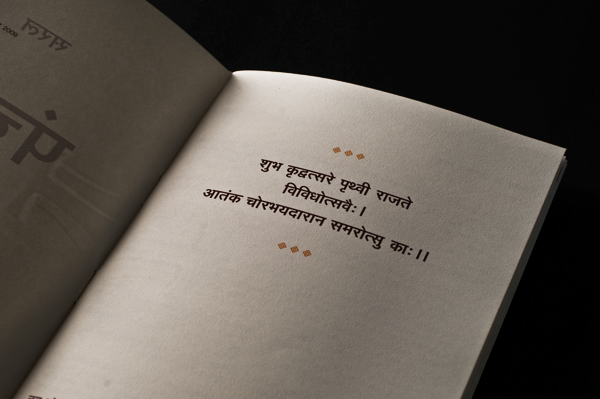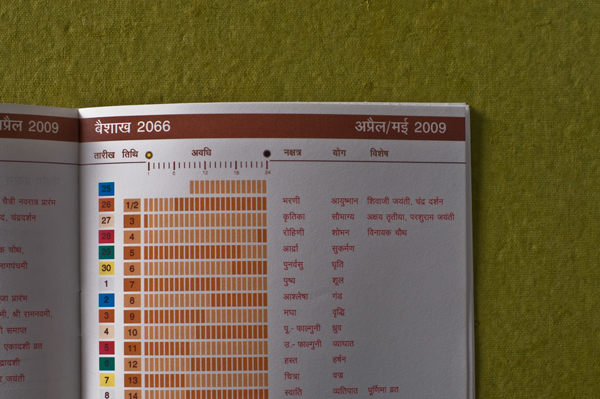For our ancestors, the only changes that were truly regular, repeated themselves evenly which were the motions of objects in the sky. The most obvious of these changes was the alternate daylight and darkness, caused by the rising and setting of the sun. Each of these cycles of the sun came to be called a day. Another regular change in the sky was the change in the visible shape of the moon. Each cycle of the moon's changing shape takes about 291/2 days, or a month. The Babylonians also divided the circle into 360 parts called degrees. The cycle of the seasons gave people an even longer unit of time. By watching the stars just before dawn or after sunset, people saw that the sun moved slowly eastward among the stars. The sun made a full circle around the sky in one cycle of the seasons. This cycle takes about 3651/4 days, or a year.
For hundreds of years, people tried to fit days and months evenly into a year or a period of several years. But no system worked perfectly.
In India time-calendars are luni-solar. To calculate time and event we have the Panchang. It's a kind of calendar which has five main components, that’s why it's called Panchang (panch is five and anga means part).
The project was to make a graphically simplified solution of the Panchang for those who want to use it but are unable to, because of its complex nature.
For hundreds of years, people tried to fit days and months evenly into a year or a period of several years. But no system worked perfectly.
In India time-calendars are luni-solar. To calculate time and event we have the Panchang. It's a kind of calendar which has five main components, that’s why it's called Panchang (panch is five and anga means part).
The project was to make a graphically simplified solution of the Panchang for those who want to use it but are unable to, because of its complex nature.



I took a period of one month according to the Indian Calender and five main components of Panchang, Tithi (date, according to lunar calender the duration of a date can vary from 16 hrs to 24 hrs, so i have divided a day into 24 colored bars and the change of color indicates the next Tithi), Nakshtra (celestial constellation of the day), Yog, and Vaar (day). I color coded the days according to their ruling planet (every day has a ruling planet eg: moon for monday)



